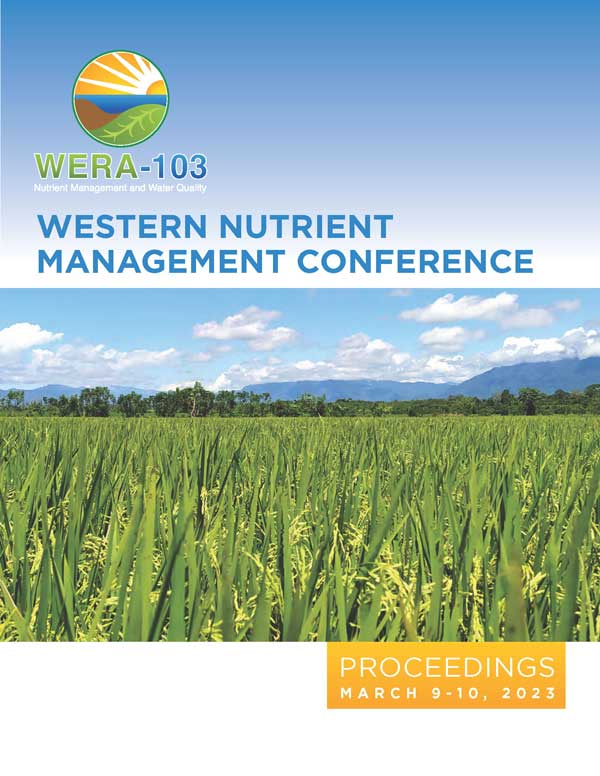Download the Conference Proceedings
Proceedings
Topics
| Filter results4 paper(s) found. |
|---|
1. Repurposing Zinc from Mining Tire Waste to a Fertilizer ResourceZinc (Zn) deficiency is common on high pH soils when growing field crops like Corn, Barley and Wheat. Not only are crop yields and quality limited by low Zn, but more importantly the dilution of Zn in food stuffs and, thereby, Zn deficiency in the human diet has become a major concern as recognized by the World Health Organization. At the same time, there is a Global problem in proper repurposing/disposal of used tires that contain between 1-3% ZnO. In fact, in Chile, t... K. Greer, J. Wiebe, E. Bremer |
2. Factors Influencing Efficacy of Elemental Sulphur FertilizersElemental sulfur is a byproduct of fossil fuel production and produced in large quantities in both the US and Canada. Fertilizers containing elemental S have a high S content and low manufacturing cost, but may not reliably meet crop requirements for S in the year of application due to the time required for elemental S to be oxidized. The main factors influencing the oxidation rate of elemental S are particle size, particle dispersion and environmental conditions. ... E. Bremer |
3. Reuse and Reclamation of PhosphogypsumPhosphogypsum (PG) is a byproduct of phosphate fertilizer production. It is produced when phosphate rock is treated with sulphuric acid during the manufacture of phosphoric acid, and is composed primarily of gypsum (CaSO4.2H2O). It is estimated that over 3 billion tonnes of PG have been accumulated in stacks worldwide and over 150 million tonnes are produced annually. In North America, PG is stockpiled in stacks that can cover hund... C. Nichol |
4. Sugar Beet Lime Effects on High pH Soils and Crops in Northwest U.S.A viable solution to dispose of sugar beet precipitation calcium carbonate (PCC) is needed due to the unsustainable issues associated with storage. Sugar beet PCC is a lime material produced as a waste product from extracting sugar from sugar beet. The three main sugar beet processing factories in the Amalgamated Sugar Company growing area in Idaho and Oregon have stockpiled approximately 11.3 million Mg of PCC. Each year these three factories produce a total of 350,000 Mg annually. &nb... D.D. Tarkalson |
